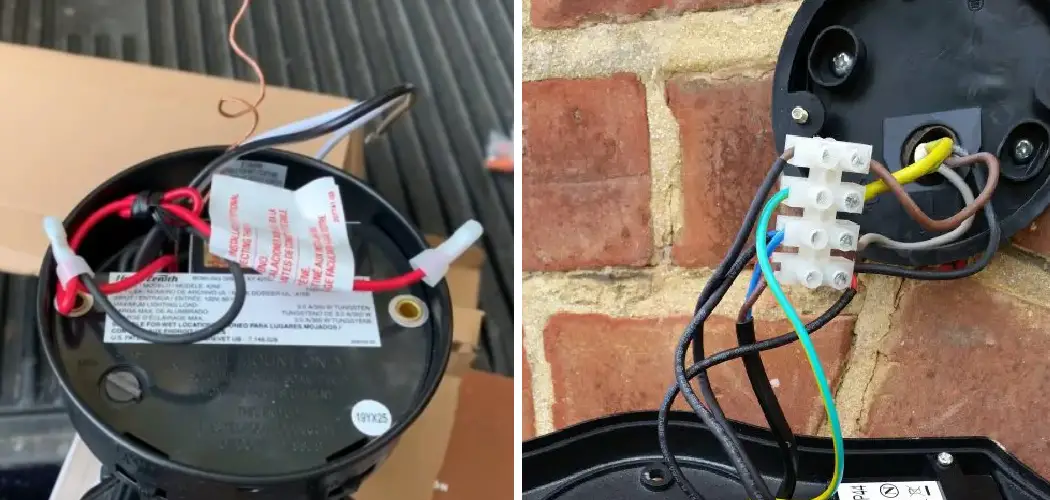Are you looking for a way to activate multiple lights in a single room when motion is detected? Wiring up your space with a motion sensor can not only offer more convenience but also provide some extra security. In this blog post, we will be giving an in-depth guide on how to wire a motion sensor to multiple lights! So don’t wait: let’s get started!

Installing a motion sensor that can control multiple lights can be an ideal solution. By wiring the right devices together, you will have one switch controlling all of the connected lights, so no more needing separate switches for each light! If this concept piques your curiosity, then keep reading as we explore how to wire and connect various lighting fixtures using a single motion sensor switch.
Why May You Want to Wire a Motion Sensor to Multiple Lights?
1 . To Save Energy
Motion sensors are a great way to conserve energy by only turning on lights when motion is detected in a room. By wiring multiple lights to one motion sensor, you can ensure that the lights are only turned on when needed and do not waste electricity when the room is empty.
2 . For Convenience and Safety
Having multiple lights wired to one motion sensor can provide convenience and safety for users. For example, when entering a room at night, the motion sensor will detect movement and turn on all the lights in the room, eliminating the need to fumble for light switches in the dark. Additionally, having multiple lights turned on can increase visibility and reduce potential hazards in poorly-lit areas.
3 . To Extend Coverage
By wiring multiple lights to one motion sensor, you can extend the coverage area of the sensor. This is especially useful for larger rooms or outdoor areas where a single light may not provide enough coverage. With multiple lights, there will be no blind spots and the entire space will be effectively monitored by the motion sensor.
4 . To Save Money
Wiring multiple lights to one motion sensor may also save you money in the long run. Not only will you be conserving energy, but you can also potentially reduce your electricity bill by having fewer lights turned on at one time. The initial cost of installing a motion sensor and wiring multiple lights may seem expensive, but the savings over time can make it a worthwhile investment.
How to Wire a Motion Sensor to Multiple Lights in 5 Easy Steps
Step 1: Gather Necessary Materials
Before starting the wiring process, gather all the necessary materials. This includes a motion sensor switch, multiple light fixtures, electrical wiring, wire connectors, and a screwdriver.
Step 2: Turn Off Power
For safety precautions, make sure to turn off the power supply to the circuit where you will be installing the motion sensor and lights. You can do this by turning off the corresponding circuit breaker in your electrical panel.
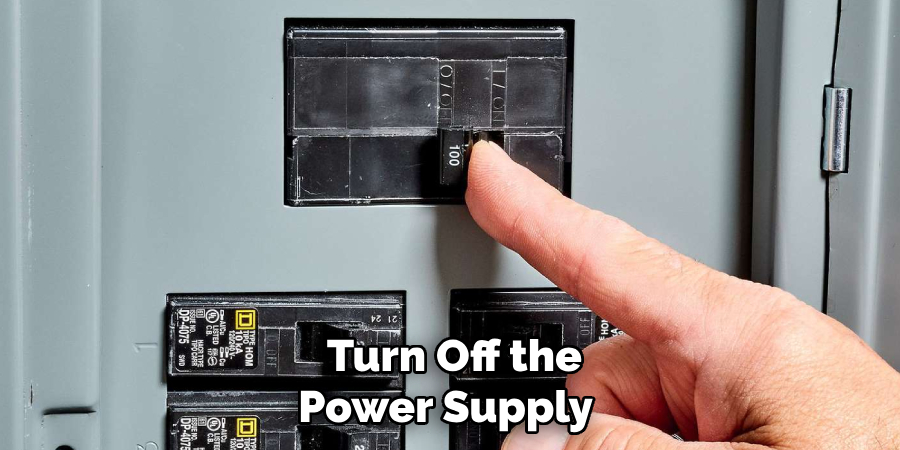
Step 3: Connect the Motion Sensor
Start by connecting the motion sensor to the black (hot) and white (neutral) wires. The black wire will connect to the line or load wire depending on where you want to install the switch. The white wire connects to the neutral wire in the junction box.
Step 4: Connect the Lights
Next, connect the lights to the motion sensor switch. The black wire from each light fixture should be connected to the load wire on the motion sensor. The white wire from each light should be connected to the neutral wire in the junction box.
Step 5: Test and Adjust Settings
Once all connections are made, turn the power back on and test the motion sensor by walking in front of it. If the lights do not turn on, double-check all connections and make sure they are secure. You can also adjust the settings on the motion sensor to customize its sensitivity and lighting duration.
Additional Tips For Installing a Motion Sensor
1 . Determine the Type of Motion Sensor
Before starting your installation, it is important to determine what type of motion sensor you will be using. This will help you understand the wiring requirements and ensure that you have all the necessary materials. There are three main types of motion sensors: infrared (IR), ultrasonic, and dual technology. Each type has its unique features and benefits, so it is important to choose the one that best fits your needs.
2 . Plan the Placement of Your Sensor
When installing a motion sensor, it is crucial to plan the placement of the sensor carefully. The sensor should have a clear view of the area you want to monitor, but also be out of reach from potential tampering or damage. It is recommended to install the sensor at a height of 6-8 feet for optimal coverage.
3 . Use the Proper Wiring Materials
It is important to use the right type of wiring materials when connecting your motion sensor to multiple lights. Generally, you will need electrical wire, wire connectors, and a junction box. Be sure to choose materials that are suitable for outdoor use if you are installing the sensor outside.
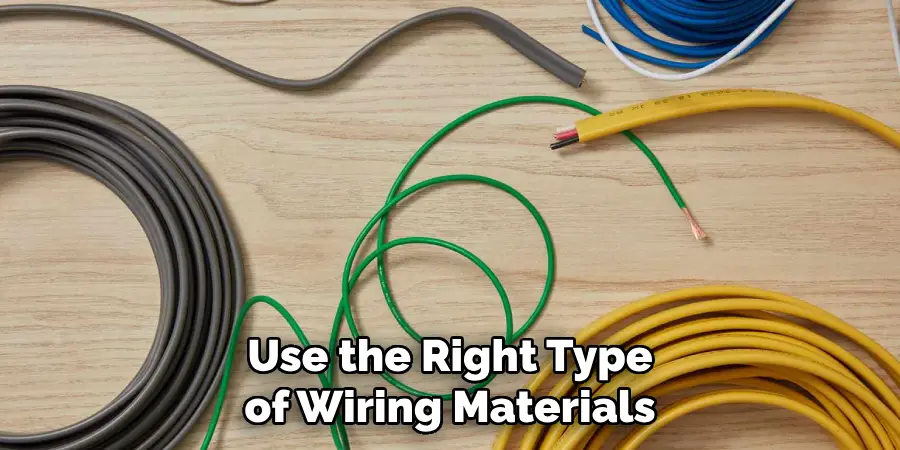
4 . Follow Safety Protocols
Whenever working with electricity, it is important to follow proper safety protocols. Make sure to turn off the power to the circuit before beginning your installation and use appropriate protective gear. If you are unsure about any aspect of the installation, consult a professional electrician.
5 . Test Your Installation
After completing the wiring, it is crucial to test your installation before finalizing everything. Turn on the power and check if the lights turn on when motion is detected. Adjust the sensitivity and range settings as needed for optimal performance.
Frequently Asked Question
What Precautions Should I Take When Wiring Multiple Lights to a Motion Sensor?
When wiring multiple lights to a motion sensor, there are a few precautions you should take to ensure safety and functionality. These include:
- Check the maximum wattage and voltage of your motion sensor and ensure that it can handle the combined load of all the lights.
- Use appropriate gauge wire for the length of your circuit to prevent overheating and potential fire hazards.
- Properly grounding the motion sensor and all connected lights to prevent electric shocks.
- Turn off the power at the breaker before starting any wiring work to avoid electrocution.
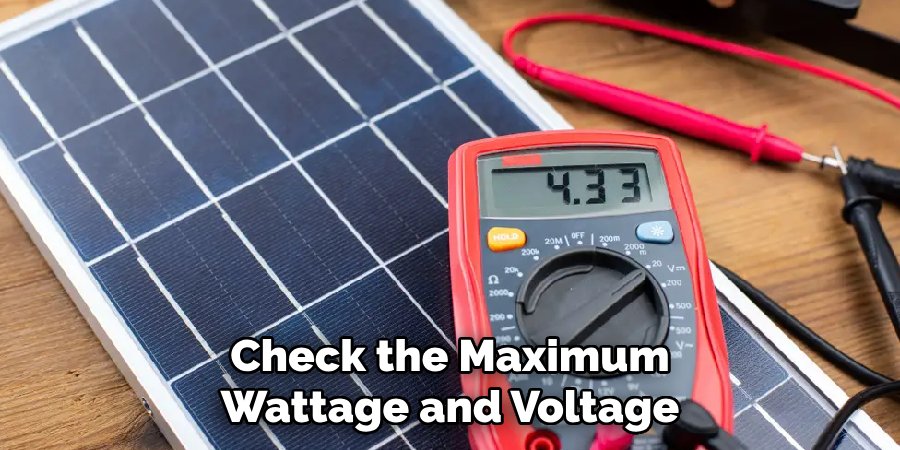
Can I Use Different Types of Lights with a Motion Sensor?
Yes, you can use different types of lights with a motion sensor as long as they are compatible. Make sure to check the maximum wattage and voltage of your motion sensor and match it with the bulbs you plan to use. Additionally, make sure all lights have a built-in motion sensor or are connected to the main motion sensor for proper functionality.
How Many Lights Can I Connect to One Motion Sensor?
The number of lights that can be connected to one motion sensor depends on the maximum wattage and voltage of the sensor. Some sensors can handle a higher load than others, so make sure to check the specifications before connecting multiple lights. As a general guideline, it is recommended to connect no more than three or four lights to one motion sensor for optimal performance.
Can I Install a Motion Sensor in an Existing Lighting Setup?
Yes, you can install a motion sensor in an existing lighting setup, but it may require some additional steps. The process will depend on the type of existing setup and the location where you want to install the motion sensor. It is recommended to consult a professional electrician if you are unsure how to properly integrate a motion sensor into your current lighting system.
What Are Some Benefits of Using Motion Sensor Lights?
There are several benefits of using motion sensor lights, With motion sensor lights, you don’t have to worry about accidentally leaving lights on and wasting electricity. They only turn on when motion is detected, making them more energy-efficient. Motion sensor lights can act as a deterrent for potential intruders by turning on when someone approaches your property.
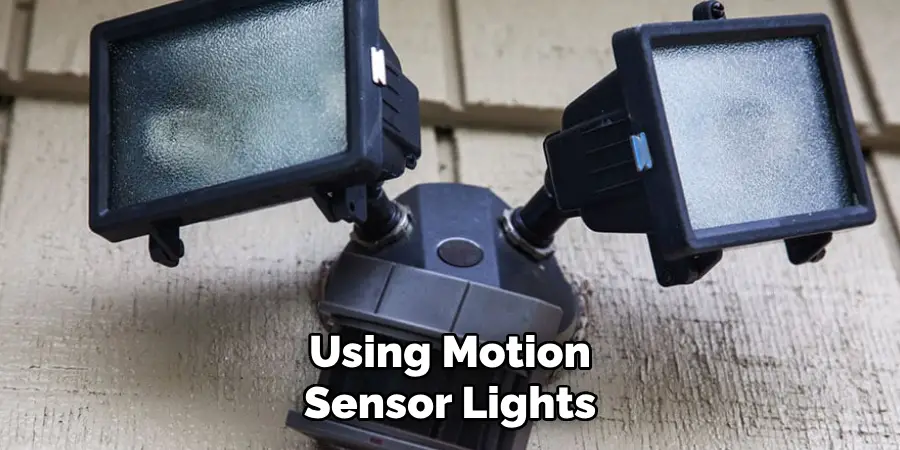
They also provide added convenience as you don’t have to fumble for a light switch in the dark. Additionally, motion sensor lights can increase safety by illuminating potential hazards or obstacles at night. So, installing them can be a smart choice for both energy efficiency and security purposes.
Conclusion
Without any experience or expertise, wiring a motion sensor to multiple lights can seem daunting. Fear not; the steps outlined in this post are relatively straightforward for anybody with the right materials and some common sense.
From testing your wires to connecting the wiring harnesses, you now have all of the information and tools necessary to master this difficult task. After checking for power and ensuring no connections are loose, you’ll be ready for a quick round of test-and-tweak.
When that’s done, your motion sensor will be connected to your lights in no time! Hopefully, this blog post was able to clear up any questions or doubts about how to wire a motion sensor to multiple lights. Don’t hesitate – get out there and put your newly acquired knowledge into practice today!

